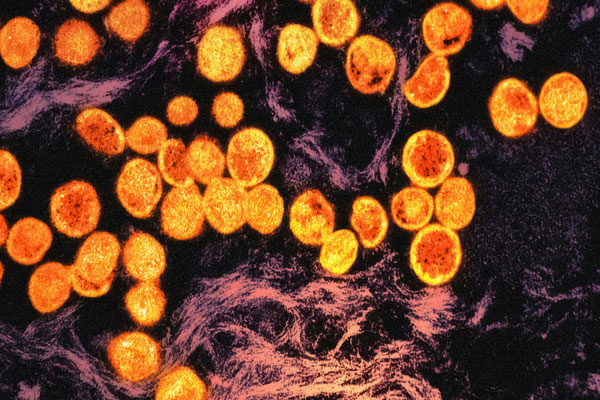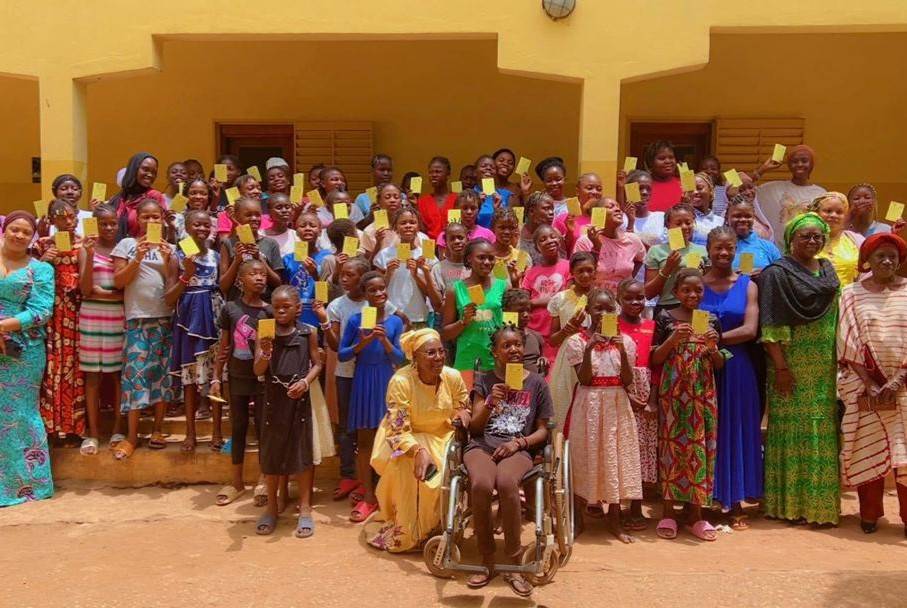Flu season is coming: will this winter be as brutal as last year?
The Northern Hemisphere’s flu season is about to start. Last year was unusually severe but this season is currently predicted to be more moderate.
- 30 October 2025
- 4 min read
- by Linda Geddes

Flu season is about to hit the Northern Hemisphere. Last year’s was brutal, with the US experiencing its worst season in 15 years. So, what could the 2025–2026 flu season have in store?
What has been happening in the Southern Hemisphere?
The Northern Hemisphere’s flu season usually begins in October and can last until May. While no one can predict exactly how the next few months will unfold, the Southern Hemisphere’s flu season – which is just ending – can provide some clues about which influenza strains are likely to be circulating, and what might lie ahead.
Between February and August 2025, influenza was reported throughout the Southern Hemisphere, and overall rates were higher than during the same period last year.
The main strains of influenza that have been circulating there are broadly the same as those that caused severe outbreaks in the Northern Hemisphere in 2024–2025: the influenza A H1N1 pdm09 and H3N2 strains, and influenza B Victoria lineage strain.
What could this mean for the Northern Hemisphere?
While high flu activity in the Southern Hemisphere could imply that the Northern Hemisphere should be on alert, it is uncommon to have two severe flu seasons back-to-back. Unless, that is, a substantially different influenza virus variant emerges and spreads rapidly.
So far there’s no sign of that happening – although surveillance is patchy in some regions and bird flu is still worth keeping an eye on.
Consecutive bad flu seasons are relatively uncommon in part because widespread exposure to, or vaccination against, circulating strains in one season tends to leave much of the population with partial immunity to related strains the following year.
This residual immunity reduces overall susceptibility, although other factors such as changes in the virus, how cold or dry the air is and people’s behaviour – including how many have been vaccinated – also play a role.
In its Respiratory Disease Season Outlook, published in late August, the US Centers for Disease Control and Prevention (CDC) projected that, based on historical trends and expert opinion, the upcoming influenza season will likely be classified as moderate, with a moderate degree of confidence.
“The 2024–2025 influenza season was classified as a high-severity season across all ages, making it the first high-severity influenza season since the 2017–2018 season,” CDC said.
“High-severity seasons are less common than moderate-severity seasons and have not occurred back-to-back since CDC began quantitatively assessing seasonal severity during the 2003–2004 season. However, it remains possible that the influenza season will be of high severity in one or more age groups this season.”
Have you read?
How well do this year's influenza vaccines match circulating strains?
Each year, influenza causes an estimated 5 million hospitalisations and 650,000 deaths worldwide.
Vaccination remains the most effective way to prevent severe illness, but the flu vaccine’s performance varies from year to year.
That’s because influenza viruses are constantly evolving, and although both the Northern and Southern Hemisphere vaccines are updated each year, decisions about which strains to include are made months in advance.
According to interim data from the Southern Hemisphere published in September 2025, influenza vaccination reduced flu-related outpatient visits and hospitalisations by roughly half between March and September 2025.
Overall, 21% of patients with influenza-like illness and 16% of those with severe acute respiratory infection – a sudden respiratory illness that causes breathing difficulty and typically requires hospital care – had been vaccinated against influenza.
These findings are similar to interim estimates of vaccine effectiveness from the Northern Hemisphere during the 2024–2025 flu season, the study’s authors noted.
Because the 2025–26 Northern Hemisphere vaccine composition is the same as the 2025 Southern Hemisphere vaccine, “health authorities in Northern Hemisphere locations might anticipate similar levels of protection against influenza illness, should the same influenza viruses circulate during the upcoming season,” they added.
The authors concluded that “health authorities should prioritise vaccination of all eligible persons over 6 months old to reduce incidence of influenza disease.”








